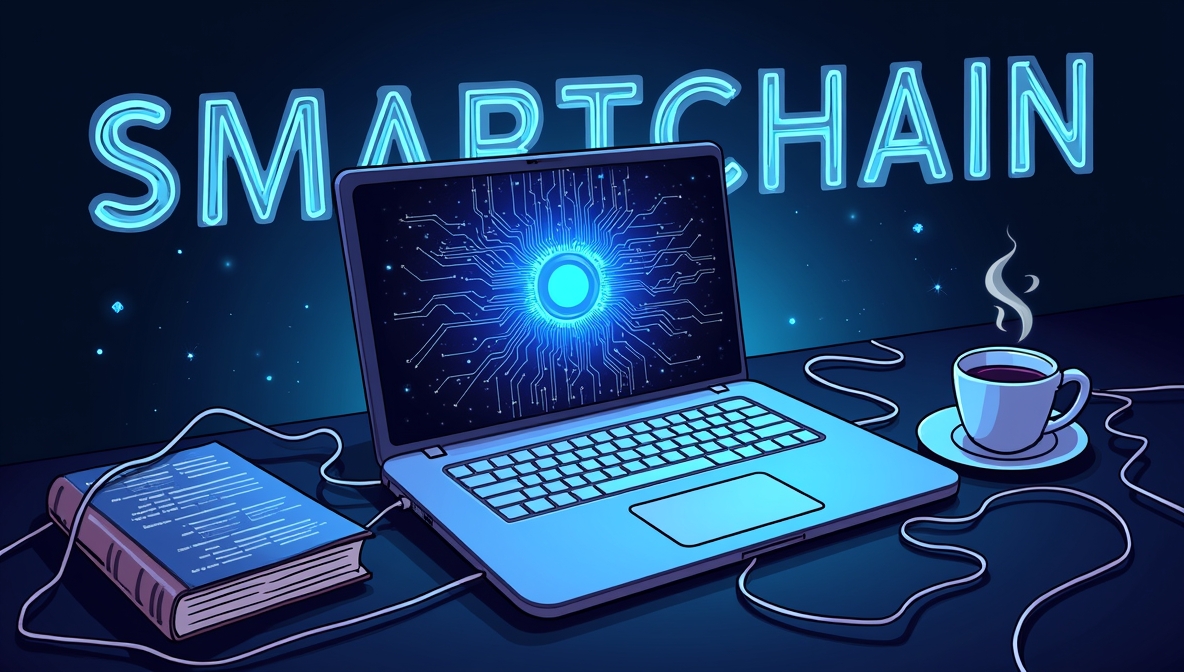
Setting up a SmartChain node provides access to blockchain data, facilitates transactions, and allows participation in network validation. This guide outlines the process step by step, ensuring a smooth deployment.
Prerequisites
Before beginning, ensure the following requirements are met:
- Hardware Requirements
- At least 8GB of RAM (16GB recommended for full nodes)
- 250GB+ SSD storage (preferably NVMe)
- Quad-core processor
- Reliable internet connection (100 Mbps or higher preferred)
- Software Requirements
- Linux (Ubuntu 20.04 recommended) or macOS
- Docker and Docker Compose
- Git
- Node.js and npm (if using related tools)
- Wallet and API Keys
- SmartChain-compatible wallet for managing transactions
- API keys (if integrating third-party services)
Step 1: Set Up Your Environment
1.1 Install Dependencies
Run the following commands to install required packages:
sudo apt update && sudo apt upgrade -y
sudo apt install -y curl git build-essential
1.2 Install Docker & Docker Compose
curl -fsSL https://get.docker.com -o get-docker.sh
sh get-docker.sh
sudo usermod -aG docker $USER
For Docker Compose:
sudo apt install docker-compose -y
Verify installation:
docker --version
docker-compose --version
Step 2: Download SmartChain Node Software
Clone the official repository:
git clone https://github.com/binance-chain/bsc
cd bsc
Step 3: Configure the Node
3.1 Create a Configuration File
Copy the default configuration file:
cp config.toml.example config.toml
Edit the file to adjust parameters:
nano config.toml
Key settings to modify:
- Chain ID: Ensure correct network selection (e.g., 56 for Binance Smart Chain Mainnet, 97 for Testnet)
- Peer Connections: Adjust max peers to balance performance and bandwidth
- Pruning Settings: Optimize for storage efficiency
Step 4: Initialize and Sync the Node
4.1 Bootstrap the Blockchain
./geth --datadir ./node init genesis.json
4.2 Start the Node
./geth --config config.toml --datadir ./node --syncmode "full"
If running as a background service:
nohup ./geth --config config.toml --datadir ./node --syncmode "full" &
Check logs:
tail -f nohup.out
Syncing can take hours or days, depending on network congestion and hardware performance.
Step 5: Enable API and RPC Services
Modify config.toml to enable:
[Node.RPC]
Enable = true
Address = "0.0.0.0"
Port = 8545
API = ["eth", "net", "web3"]
Restart the node to apply changes:
./geth --config config.toml --datadir ./node --syncmode "full"
Step 6: Secure Your Node
Security measures prevent unauthorized access and data breaches.
- Use a Firewall
sudo ufw allow 30303/tcp sudo ufw allow 8545/tcp sudo ufw enable - Enable SSL for RPC Endpoints (if accessible over the web)
- Restrict API Access to trusted IPs
- Keep Software Updated to patch vulnerabilities
Step 7: Monitor Node Performance
Regular monitoring ensures optimal performance.
- Check Logs
tail -f node.log - Monitor Sync Progress
./geth attach ipc:./node/geth.ipc > eth.syncing - Set Up Alerts with Prometheus and Grafana for real-time notifications
Step 8: Maintain and Upgrade
Keeping the node updated ensures network compatibility.
- Backup Configuration and Data before updates
- Update Software
git pull origin main make geth - Restart the Node after updates
./geth --config config.toml --datadir ./node --syncmode "full"
Final Thoughts
Setting up a SmartChain node requires preparation, configuration, and ongoing maintenance. A well-maintained node contributes to blockchain integrity, facilitates transactions, and enhances decentralized application development. With the right setup, developers gain deeper insights into blockchain operations while supporting the network’s stability.



